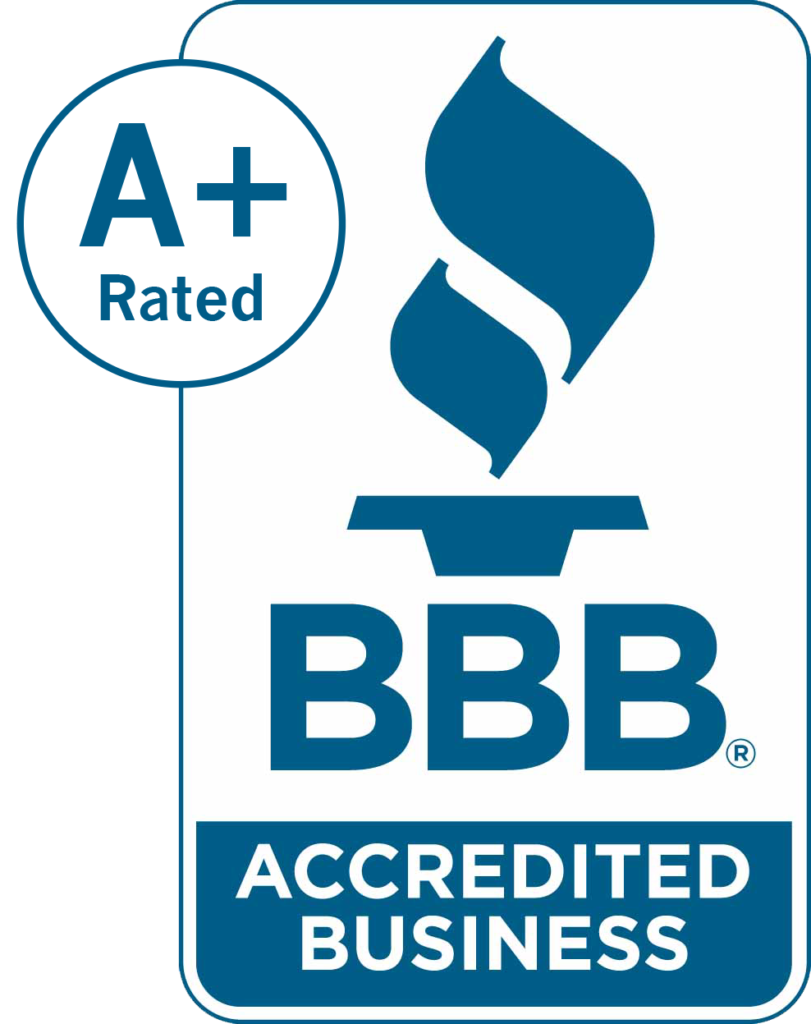Content
Your risk tolerance and capacity will influence the type of assets and investment accounts you use. You can invest your first $100 by creating a brokerage account with a reputable provider and buying the right assets for your financial goals. Once you know the right investment platform for you, create an account to begin investing. You’ll need to deposit funds into your investment account and then buy the assets you desire.
World Financial Markets
Discover undervalued stocks with excellent financial health and top Piotroski F-Scores.
The main advantages of robo-advisors are lower fees compared to human advisors, less capital requirements, and automated trade execution. The downsides include limited investment options, inability to handle complex services like estate planning, and inability to handle unexpected situations. Most investment platforms offer model portfolios curated for investors with different risk profiles from conservative to aggressive.
Verified Investing – Mastering The Overnight Trade
Online brokerages give you access to financial markets, allowing you to buy or sell stocks, ETFs, and mutual funds. If you need help with in-depth financial planning, traditional financial advisors might be a good option for you. Ensure you verify the credentials and reputation of the financial advisor or advisory firm by looking for certification and checking client reviews. But first, you must choose a reputable and aligned investment platform. Let’s look at how to evaluate the different types of investment platforms available.
Recruitment of participants Verified Investing – Mastering VWAP Trading Strategy
You can assess and understand your risk tolerance by taking a questionnaire plinko game online. It will help you understand which assets will help you achieve your goals without staying glued to market movements. The best way to grow your money is to invest it in the financial markets.
How to Start Investing: Your Step-by-Step Guide to Getting Started
With a well-diversified portfolio, you can reduce the impact of poor-performing assets on your overall portfolio. Are financial freedom and building wealth part of your financial goals? If yes, you should learn the basics of investing and take steps to achieve your goals. Investing is the primary proven path to making your money work for you while you sleep. And don’t let the fear of losing money, the amount to invest, or complex financial terms hold you back. In this guide, we’ll show you how to start investing smartly from scratch.
Financial Futures
So, investing is not about choosing trending stocks or hunting down daily stock market tips. Instead, it’s all about making your money work for you in a way that allows you to achieve your goals without losing sleep at night. They typically ask several questions to determine your risk tolerance and goals. Then they create an investment strategy based on the answers and invest on your behalf automatically. Robo advisors also rebalance your portfolio to maintain the right asset allocation as the market moves. It involves spreading your investments across different asset classes, industries, and geographic regions.
You’ll need to monitor the performance and rebalance your portfolio with time. Target stocks with higher price volatility and potential for significant returns. Identify stocks with InvestingPro downside risk due to overvaluation. Identify small-cap stocks with limited share float and positive price momentum.
A beginner should start investing by understanding the available investment options and determining their motivations for investing. This will allow them to choose the right assets for achieving their financial goals. If you leave money in your current or savings account, it won’t keep pace with the rising cost of living or generate wealth. Instead, it’s best to use savings as a way of collecting the capital you need to invest or achieve other financial goals.
There’s no one-size-fits-all approach for asset allocation, but knowing the risk-return traits of each investment option is useful. Typically, stocks have the highest return potential but also higher risk while bonds have a lower risk with lower returns. EFTs and mutual funds are also on the lower end of the risk-return ratio.



